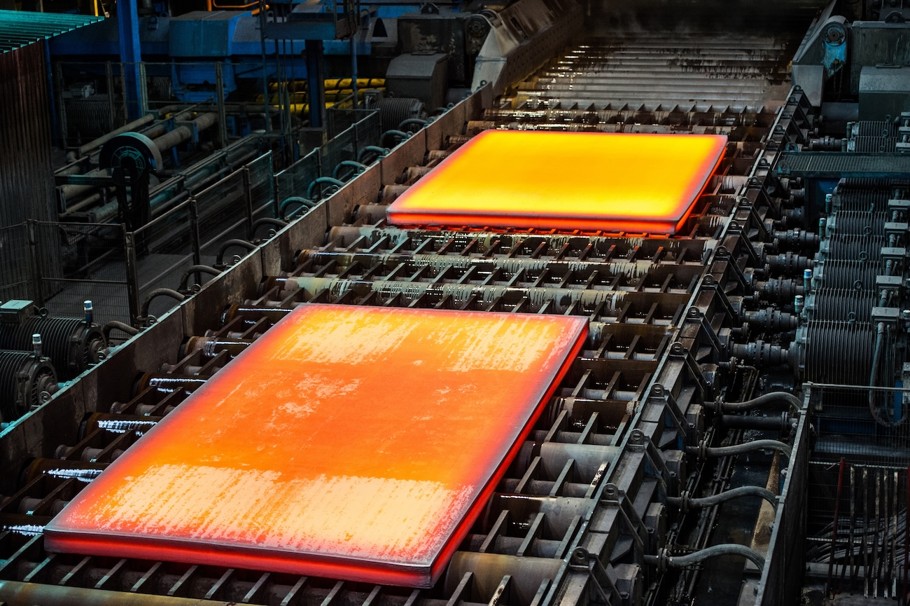Analysis

July 24, 2025
SSAB Americas reports higher Q2 production and shipments
Written by Kristen DiLandro
Swedish steelmaker SSAB reported higher production and shipments at its Americas operations in the first half of 2025.
Despite the improved operating results, second-quarter and H1’25 profits fell short of those of last year, according to SSAB’s latest earnings report, posted on July 23.
Shipments and production
Q2’25 shipments of 487,000 metric tons (mt) increased 10.9% from Q2’24 shipments of 439,000 mt. Crude steel production in the quarter increased 10.5% year on year, from 287,000 mt in Q2’24 to 317,000 mt. Rolled production increased 14.6% from 307,000 mt from 265,000 mt.
H1’25 shipments of 945,000 mt grew 7.8% from 876,000 mt in H1’24. SSAB Americas grew its H1’25 crude steel production to 623,000 mt from 566,000 mt in H1’24. In H1’25, SSAB Americas increased rolled production 8.3% to 593,000 mt from 546,000 mt in H1’24.
Financials
SSAB’s America headquarters, located in Mobile, Ala., attributed the lower H1 earnings to lower steel prices. The segment’s Q2’25 revenues reportedly decreased by 8% compared to Q2’24.
The Q2’25 operating result for SSAB Americas totaled SEK 807 million (US$84.8 million) compared to SEK 1.2 billion in Q2 of the previous year.
Johnny Sjöström, SSAB chief executive, noted market uncertainty in the company’s earnings presentation.
“The markets for SSAB Special Steels and SSAB Americas were somewhat affected by the increased uncertainty,” he reported.
According to Sjöström, “The direct impact of the US steel tariffs on SSAB is limited, as the local production accounts for most of SSAB’s sales on the US market.”
The CEO said the Nordic region exports more high-strength steels and other specialty products used in the automotive industry.
Third-quarter outlook
SSAB expects costs to decrease in Q3’25 for its Americas division. It projects shipments to be ‘somewhat lower’ while expecting realized prices to be ‘higher.’
The company cautioned that the third quarter is typically weaker due to seasonality.







